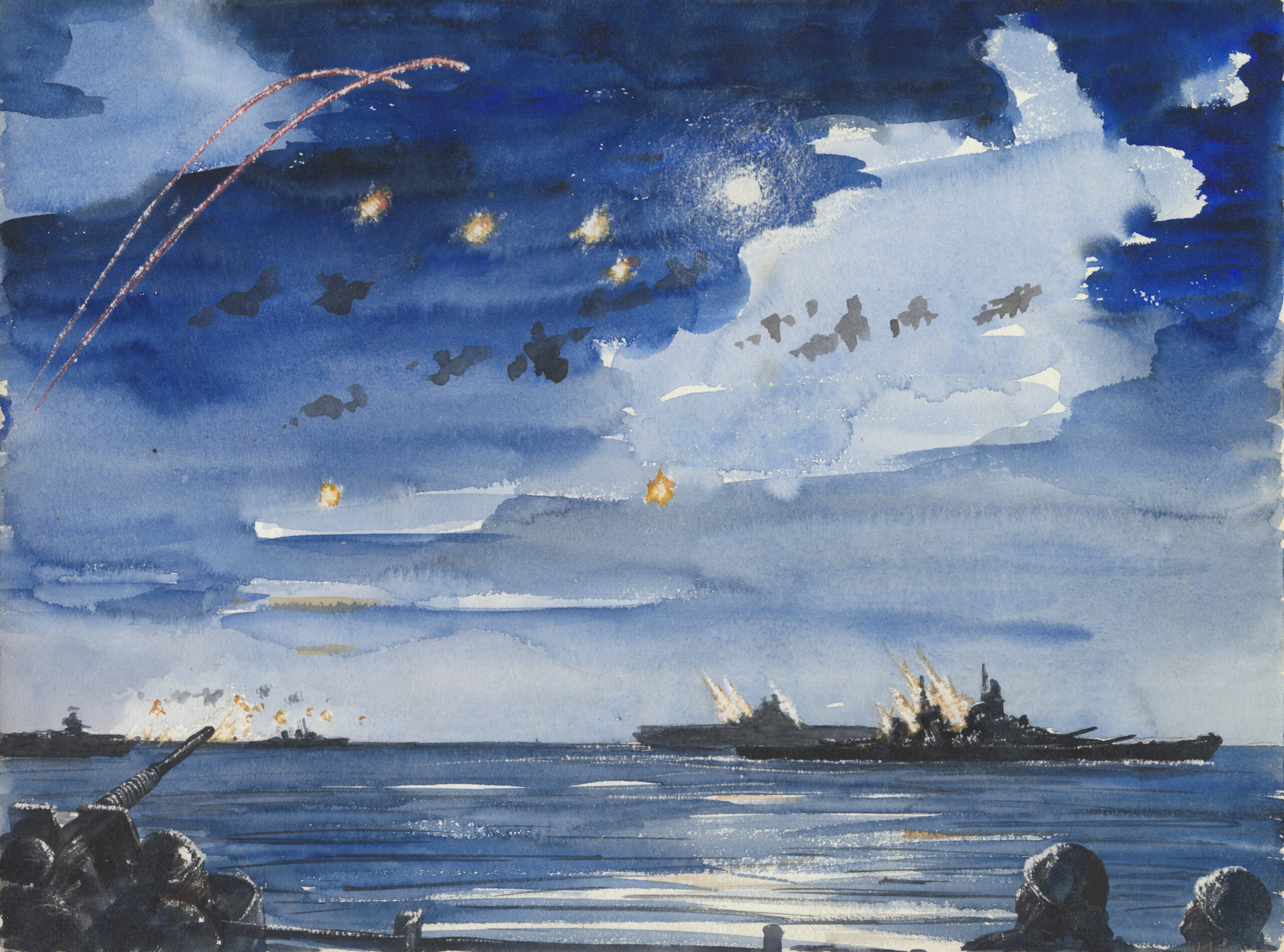Pair 24: Unexpected Wests
Number 97 in
101 Treasures offers a view of the American West from one of its most famous photographers that is at odds with the visual culture tradition established by artists like Thomas Moran, William Henry Jackson, and Timothy O’Sullivan. Carleton Watkins is one of the most lauded photographers of the Western landscape. His fame was established by his landmark 1861 portfolio of thirty mammoth plate photographs of Yosemite Valley, and an accompanying set of stereoviews—some of the first photographs of Yosemite that anyone on the East Coast had seen.
But Watkins did not confine himself solely to images of nature. He understood the impact that westward migration and the rise in extractive mining were having on the Western landscape. He also needed to make a living, which is likely why he took the photograph shown here. This 1876 image shows the interior of a pan mill in Nevada, part of the massive (and filthy) industrial infrastructure needed to process the silver ore that was coming out of the Comstock Lode. When most of us think of the “smokestack economy” of the Gilded Age, we imagine factories in Philadelphia, or Buffalo, or Chicago churning out the goods that would make the United States an industrial powerhouse. Watkins’ photograph shows that factories were also taking their place amid the high deserts and towering peaks of the West.
The second photograph shown here, which was acquired in 2022, presents a different yet equally unexpected perspective on the American West. The Clements Library has been actively acquiring materials that reflect the diverse racial makeup of the United States in the nineteenth century, including items related to the growth of Chinese communities in the West. The importation of Chinese laborers to help build the transcontinental railroad is a familiar story to most readers. Perhaps less familiar is the 1882 passage of the Chinese Exclusion Act, the first law restricting immigration to the U.S. passed by Congress (it implemented an absolute ten-year ban on the immigration of Chinese laborers).
In the face of both everyday and official discrimination, however, Chinese communities flourished in the West—most famously in San Francisco, but also up and down the West Coast, where cities large and small had their own Chinatowns. And with the growth of these Chinese communities came economic diversification. This self-portrait photograph was taken by Lai Yong, who is generally considered to be the first working Chinese artist in California. His studio was first listed in San Francisco city directories in 1867. Lai Yong worked as a painter and photographer. His only surviving painting is a portrait of Adolph Sutro, a prominent entrepreneur who would later become mayor of San Francisco. Lai Yong spoke out against racism against the city’s Chinese community, but he does not appear in San Francisco records after 1882, when he likely sold his business at the height of the Exclusion Act furor, which is one reason why so little of his work survives. This carte-de-visite showing the artist at work on a portrait of a white woman is an important addition to the Clements Library’s collection that serves to further expand our conceptions about life in the 19th century West.

